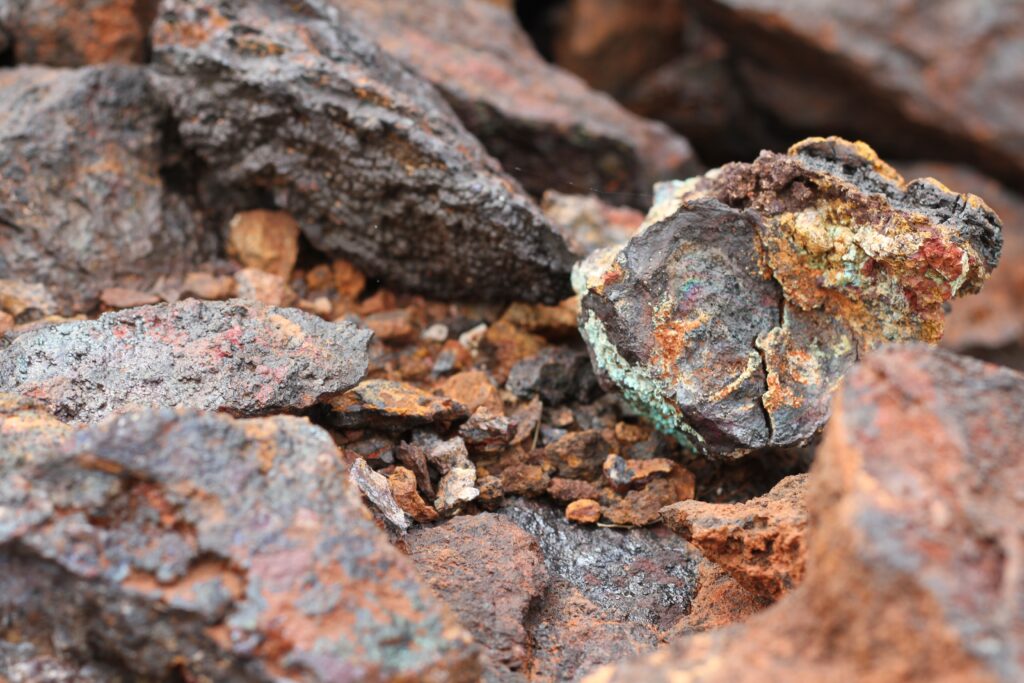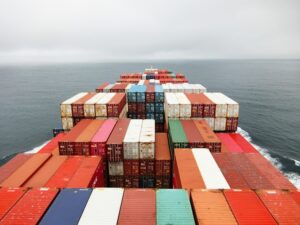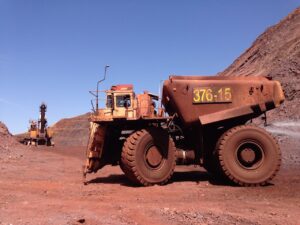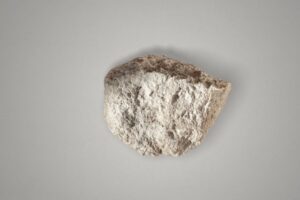The UN confirms the country’s grip on the supply chain for materials used in EVs and defense industries.
China’s dominance in processing critical minerals, highlighted in a recent UN report, gives the country an essential position in the global supply chain that causes some concern among competitors.
While the minerals are mined in various locations around the globe, “China handles over half of global processing for aluminum, cobalt and lithium, and nearly 100% for natural graphite,” according to the “Digital Economy Report” released July 21 by the United Nations Conference on Trade and Development. Cobalt, lithium, and graphite are particularly important for producing lithium batteries that power electric vehicles (EVs).
China also processes more than a third of the world’s copper and nickel and about 90% of rare earth metals and manganese, the report notes.
Competitors seek to respond
The UN is encouraging global cooperation in critical minerals production, but China’s hegemony in this area has raised concerns from a number of nations, including the US and EU members.
“From the nickel used in fighter jet engines to the rare earth elements used in wind turbines, China’s dominance in the global supply of critical minerals presents a potential chokehold on U.S. industry,” the Diplomat notes.
The Biden Administration recognizes the importance of critical minerals for achieving its climate goals and ensuring U.S. defense needs, F&E Trends reports. The U.S. response includes seeking to strengthen its supply chain for critical minerals by signing supply deals with countries outside of China. The U.S. has also recently announced tariffs on finished related products, including batteries and EVs from China.
In Europe, the EU in April passed a Critical Raw Materials Act to focus on strengthening Europe’s supply of vital minerals, including those used in batteries and EVs.
Meanwhile, China’s competitors are working to catch up in mineral production. “The United States and Australia have increased their production of rare earths from 2010 onwards and most recently, Myanmar and Thailand have started to mine far more than before,” Statista.com notes.














